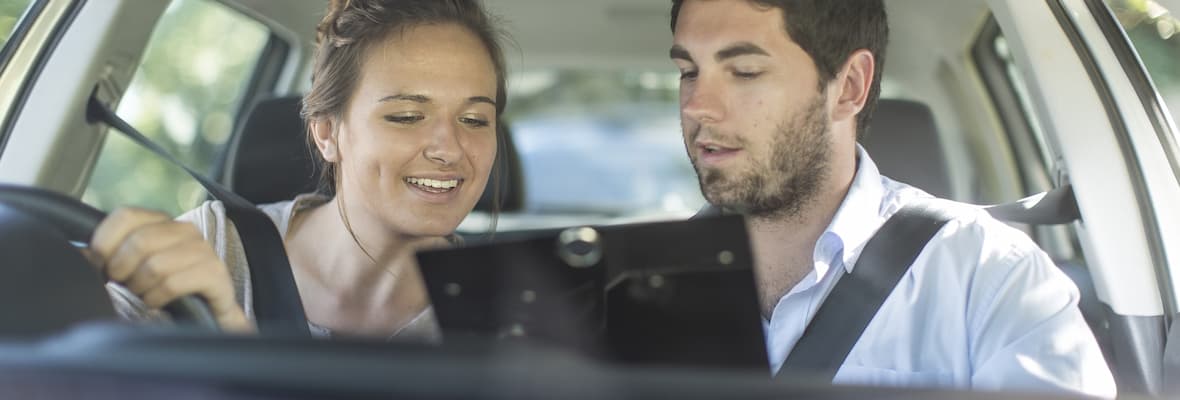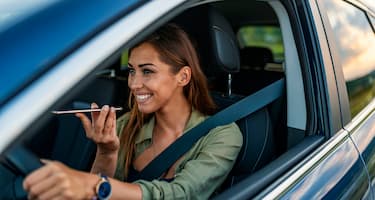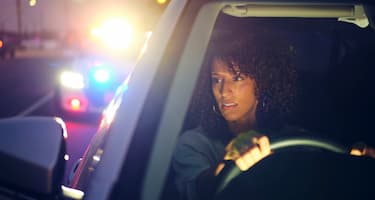In Tasmania, young drivers are required to follow learner driver restrictions to ensure they stay safe behind the wheel. As a parent, you should know which restrictions apply to the licence your child holds.
Licence restrictions for L and P-plate drivers were put in place so that new drivers could learn how to drive but also learn from their mistakes. By following these rules, new drivers can practice following Tasmanian road rules and gain awareness around common car accident causes, including speeding, distracted driving, fatigued driving and drunk driving.
Hazard Perception Test
If you have a young driver or a driver with an L2 licence then they must pass a hazard perception test to book a practical driving assessment. This test aims to assess a driver's ability to recognise threats and avoid hazards.
Driving with a Learner Drivers Licence
Learner Driver Restrictions |
|
|---|---|
L1 licence holder |
Younger drivers in Tasmania need to hold an L1 licence for a minimum of three continuous months before they can proceed to the next licence level. |
L2 licence holder |
After three months you can apply for an L2 licence. Keep in mind you do not have to complete a practical driving test to progress from an L1 licence to an L2. |
Supervised driving experience |
Learner drivers must be accompanied by a supervising driver. |
Displaying L-plates |
Learners must display L-plates (a black L on a yellow background) on the front and back of their vehicles. |
Mobile phones |
Learner drivers must not use a mobile phone while driving, this includes hands-free devices and mobile phones in speaker mode. |
Driving hours |
L-plate drivers must record 80-120 driving hours in their log book (including 15 hours of night driving) before completing a practical driving test. |
Learner’s licence |
Learners must hold their learner’s licence for a minimum of 12 continuous months. Learner drivers need to carry their licence with them at all times when driving in Tasmania. |
Towing |
Learner drivers cannot tow another vehicle, including a trailer. |
Speed limit |
L-platers must not drive faster than 90 km/h even when a higher speed limit applies. |
Blood/Breath Alcohol Concentration (BAC/BrAC) |
Learner drivers must record a zero blood alcohol concentration and breath alcohol concentration. |
See more learner driver rules in Tasmania.
Driving with a Provisional Licence
Provisional Driver Restrictions |
|
|---|---|
Displaying red p-plates |
Drivers must display red P-plates (P1 licence) on the front and back of their vehicles. |
Displaying green p-plates |
Drivers must display green P-plates (P2 licence) on the front and back of their vehicles. |
Maximum speed limit |
Provisional drivers must not drive 100 km/h even when a higher speed limit applies. |
Probationary licence |
You must hold your P1 licence for a minimum of 12 continuous months. When you get your P2 licence you’ll hold it for two years if you are under 23, 12 months if you are 23 or older but under 25 and if you are 25 or older you’ll only hold your P2 licence for 12 months. |
See more provisional licence rules in Tasmania.
Peer Passenger Restrictions
Drivers with a P1 driver's licence under the age of 25 must not drive more than one peer passenger aged between the ages of 16 and 21 years old. However, there are some exceptions.
You can have one or more of your siblings, step-siblings and half-siblings, parents or guardians, or children of a parent or guardian in your car under any situation. You can also drive with one peer passenger and one or more of your immediate family members.
You can also apply for an exemption if you are driving for your employment, education or training, medical purposes, undue hardship, with an experienced driver or if you're part of the emergency services.
Learner Driver Insurance Solved® with Budget Direct
Before jumping in the car, make sure you and your learner driver are protected with Budget Direct’s Car Insurance.
To insure your child while driving in your car, you’ll need to add them to your existing policy (if they still live in your household). Remember that on top of the basic excess for this policy, you’ll also need to pay any additional excesses that may apply (age and licence type).






